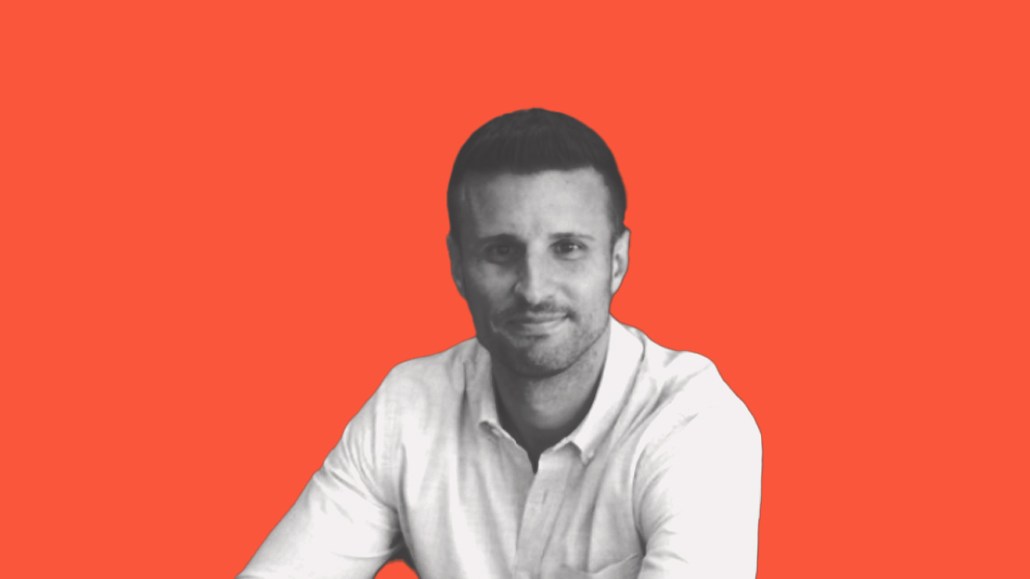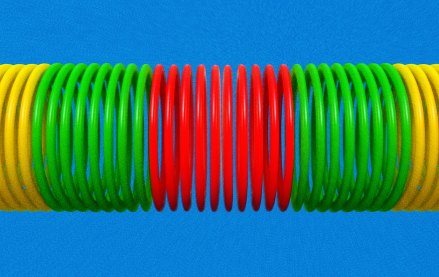How one independent agency has watched the industry evolve over the last decade

As independent agency Exverus Media turned 10 this month, its president Bill Durrant reflected on growth of the Los Angeles-based media shop — and how the industry has evolved over the course of the agency’s decade of business.
Now with more than 40 employees, Exverus has developed into a $10 million agency that’s generated 145% growth over the last three years. Durrant attributes this to long-term relationships over the years with clients including Premier Protein, MasterClass and New Belgium Brewery.
In an interview with Digiday, he shares his views on cookie deprecation, what he forecasts for agencies this year — and his expectations of generative AI in coming years.
The interview has been edited and condensed for clarity.
What have been the biggest changes in the independent agency space?
You would maybe expect there to be more consolidation around the larger entities in the field like you see in other fields. What we’re seeing is a continuation of independent agencies that have really utilized technology to democratize and grow. And expand credibly the size and scope of service of clients that they can service.
What are you hearing and doing about cookie deprecation this year?
Everyone kind of was lulled into a sense of complacency, because we heard that it was coming and then it wasn’t. We took it seriously from the start, and I think that’s enabled us to be more proactive with not just first-party data, which I think any intelligent marketer is utilizing by now, but also zero-party data. Also we are being more aggressive — and asking our clients to be more aggressive — with the ways that they’re engaging consumers, so that they’re more interested in willing to give up some of their data in order to have a stronger experience, and a stronger relationship with the brand.
How are you differentiating in the AI space?
For us, it’s really important to distinguish between the different kinds of AI. And I think generative AI … is absolutely a game changer. It’s an industry changer, particularly for the creative side. But in media, I think AI applications are still very similar to what it was 12 to 18 months ago, and we are still kind of waiting to see what are those new solutions that are going to help us do a better job of reaching consumers and learning about consumers. Generative AI is super exciting, but it’s not as applicable to the every day of our media agency. Right now I’m intrigued to see what does come about now that there’s true capital being put into it. Literally thousands of startups sprang up overnight.
What do you hope to see in the next 10 years?
I’d really love to see a return to science and a return to humanity. I would say return to science, in the sense that we’ve become so obsessed with short-term metrics and so obsessed with performance marketing metrics, which are important, but they are only a part of a well-balanced diet. We’ve forgotten what it means to grow a brand that is sustainable for the long term as an industry — and the people who haven’t forgotten that are seeing outsized returns. Nike is a great example: They go through their business cycles, but they never waver from their commitments, performance and brand.
More in Media Buying

Ad Tech Briefing: Big Tech won 2025 (even when it lost)
How AI, commerce media and scale reshaped ad tech in 2025 to the benefit of Big Tech.

How brands shifted marketing and media strategies through year of tariffs
Marketers share how they navigated the maze of tariffs and regulatory changes this year.

Media Buying Briefing: Omnicom Media execs begin their pitch outreach ahead of an expected new-business glut
Omnicom’s acquisition of IPG is only a few weeks old, but its combined offer to the market will soon be put to the test as it meets with consultants.







